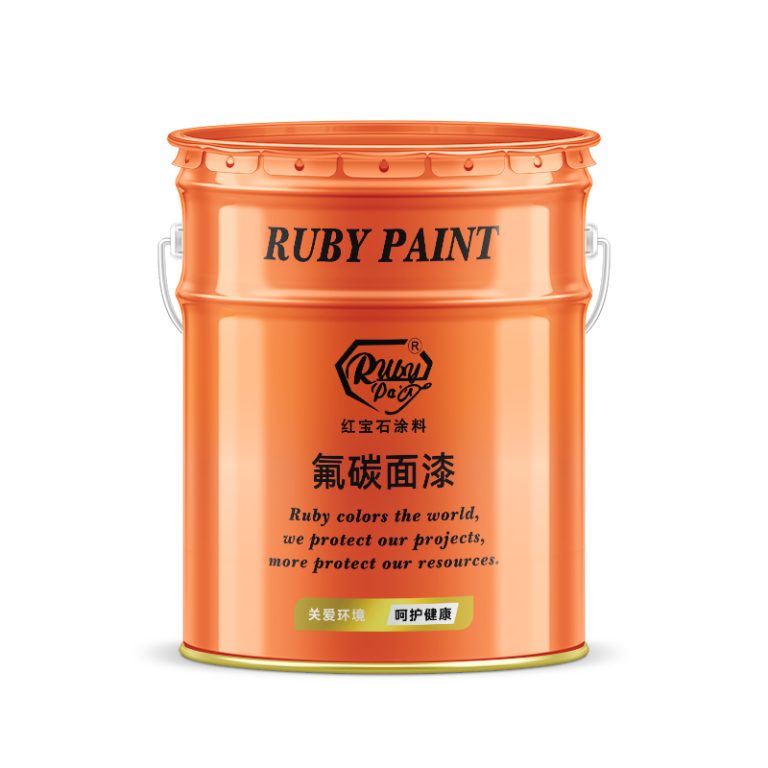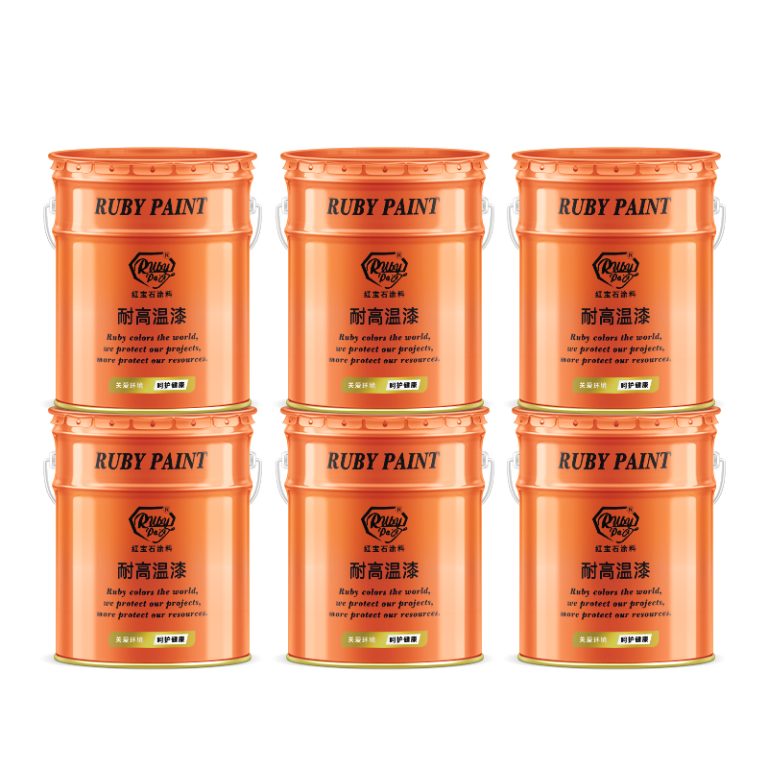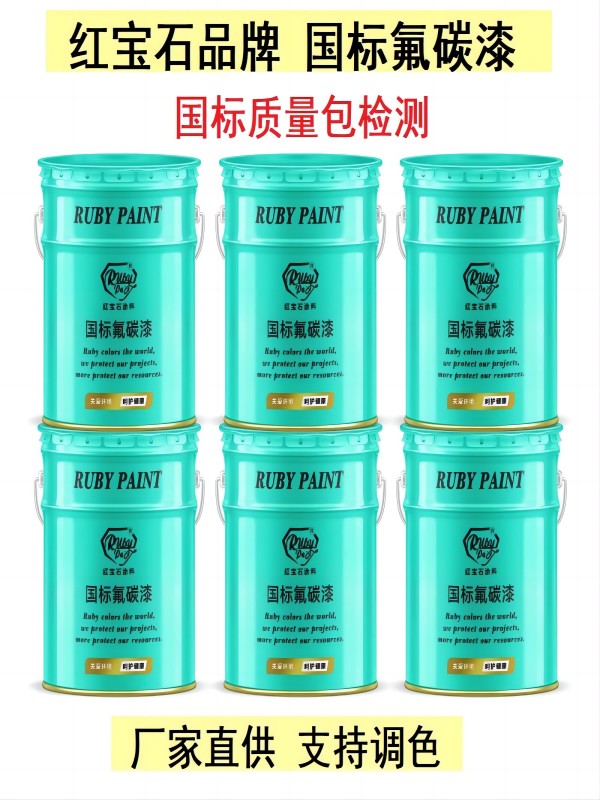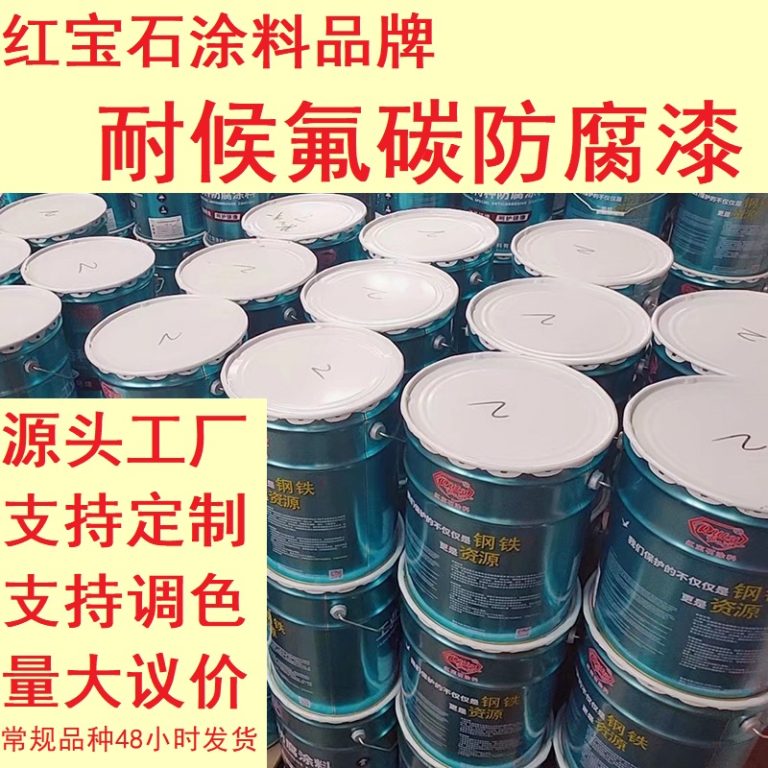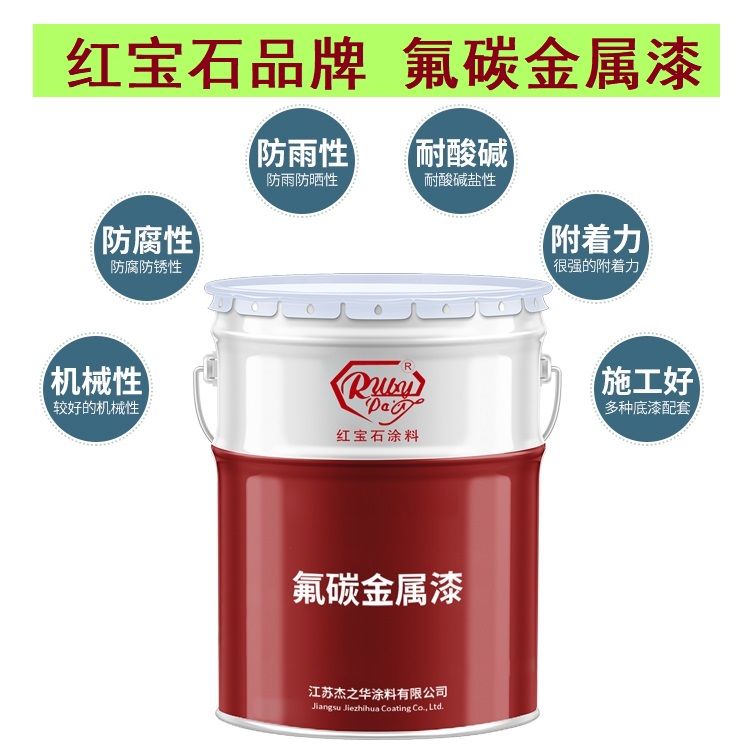Table of Contents
Proper Preparation Techniques for Painting Porous Walls
Painting porous walls requires careful preparation to ensure a smooth and long-lasting finish. Porous surfaces, such as unpainted drywall or plaster, can absorb paint unevenly, leading to patchy results if not properly treated beforehand. By following the right preparation techniques, you can achieve professional-looking results that enhance the appearance of your walls.
The first step in painting porous walls is to clean the surface thoroughly. Dust, dirt, and grease can hinder paint adhesion and result in an uneven finish. Start by wiping down the walls with a damp cloth to remove any surface grime. For more stubborn stains, you may need to use a mild detergent solution. Allow the walls to dry completely before proceeding to the next step.
Once the walls are clean, the next step is to repair any imperfections. Porous surfaces are more prone to cracks, holes, and other damage that can mar the final result. Use a spackling compound to fill in any cracks or holes, smoothing it out with a putty knife. Sand the patched areas lightly once the compound is dry to create a smooth, even surface.
After repairing any imperfections, it’s essential to prime the walls before painting. Primer helps seal the porous surface, creating a uniform base for the paint to adhere to. Choose a high-quality primer specifically designed for porous surfaces, and apply it evenly using a paint roller or brush. Be sure to allow the primer to dry completely before moving on to the painting stage.
When selecting paint for porous walls, opt for a high-quality acrylic latex paint. These types of paints are durable, easy to clean, and offer excellent coverage on porous surfaces. Before applying the paint, stir it thoroughly to ensure an even consistency. Using a paint roller, apply the paint in smooth, even strokes, working from top to bottom and overlapping slightly with each pass.
Depending on the color and type of paint you’re using, you may need to apply multiple coats for full coverage. Allow each coat to dry completely before applying the next, and be sure to follow the manufacturer’s instructions regarding drying times between coats. Take care to avoid overloading the roller with paint, as this can lead to drips and streaks on the walls.
Once you’ve applied the final coat of paint, allow it to dry completely before inspecting the walls for any touch-ups. Use a small brush to correct any missed spots or uneven areas, taking care to blend them seamlessly with the rest of the wall. Once you’re satisfied with the results, allow the paint to cure fully before hanging any artwork or decorations on the walls.
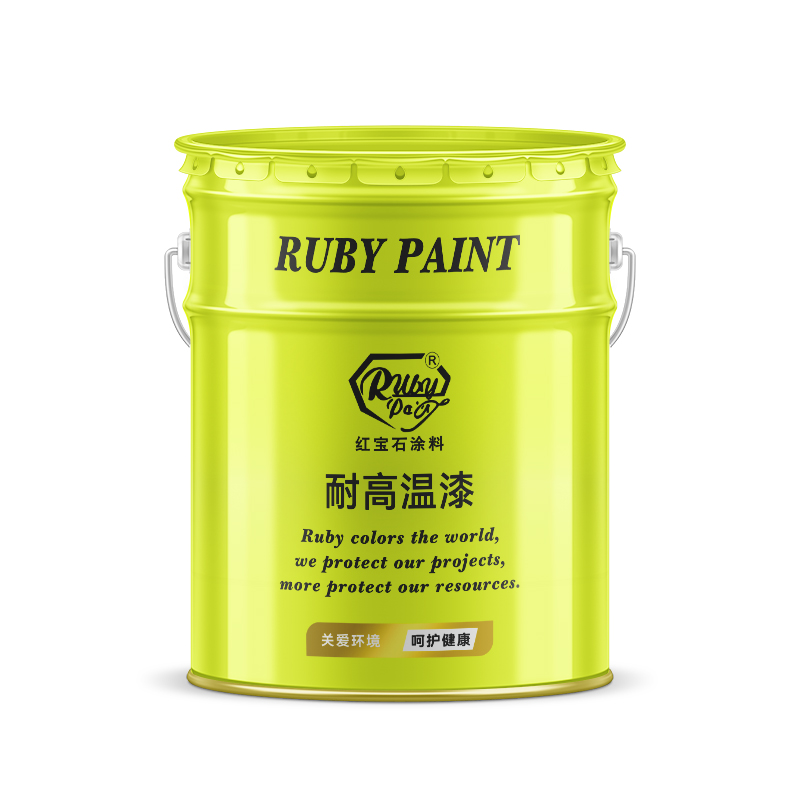
In conclusion, painting porous walls requires careful preparation and attention to detail. By cleaning, repairing, priming, and painting with care, you can achieve professional-looking results that enhance the appearance of your space. With the right techniques and materials, you can transform porous walls into a smooth, beautiful surface that adds value and style to your home.
Choosing the Right Paint and Primer for Porous Surfaces
Painting porous walls can be a challenging task, but with the right approach and materials, you can achieve a smooth and professional finish. Porous surfaces such as bare plaster, brick, or concrete require special attention when it comes to painting, as they tend to absorb paint unevenly and may result in a patchy or dull appearance if not properly treated. In this guide, we will explore the essential steps to effectively paint porous walls, focusing specifically on choosing the right paint and primer for the job.
When painting porous surfaces, it is crucial to start with a high-quality primer specifically designed for such substrates. A good primer will help seal the surface, reduce its absorbency, and provide a smooth base for the paint to adhere to. Look for a primer labeled as suitable for porous surfaces or one that specifically mentions plaster, brick, or concrete on the label. These primers typically contain special ingredients that penetrate the surface and create a strong bond with both the substrate and the paint.
Before applying the primer, thoroughly clean the surface to remove any dirt, dust, or loose particles that could affect the adhesion of the primer and paint. Use a mild detergent solution and a stiff brush or sponge to scrub the surface, paying particular attention to any areas with visible stains or discoloration. Once cleaned, allow the surface to dry completely before proceeding with the priming process.
When choosing paint for porous walls, opt for a high-quality latex or acrylic paint with a matte or eggshell finish. These types of paint are more flexible and breathable than oil-based paints, making them better suited for porous surfaces. Additionally, matte and eggshell finishes are less likely to highlight imperfections in the surface, resulting in a smoother overall appearance.
Before applying the paint, it is essential to apply at least two coats of primer to the porous surface, allowing each coat to dry completely before proceeding to the next. This will ensure maximum adhesion and durability of the paint finish. Use a high-quality brush or roller to apply the primer evenly, working in small sections and overlapping each stroke to avoid streaks or uneven coverage.
Once the primer has dried, you can proceed with painting the walls using the chosen latex or acrylic paint. Stir the paint thoroughly before application to ensure uniform color and consistency. Apply the paint in thin, even coats, using a brush or roller to achieve smooth and consistent coverage. Again, work in small sections and overlap each stroke to avoid visible seams or brush marks.
Depending on the porosity of the surface and the desired finish, you may need to apply multiple coats of paint to achieve full coverage and depth of color. Allow each coat to dry completely before applying the next, and be sure to follow the manufacturer’s recommendations for drying times between coats.
In conclusion, painting porous walls requires careful preparation and the use of appropriate materials. By choosing the right primer and paint for the job, you can achieve a professional-looking finish that is both durable and aesthetically pleasing. Follow the steps outlined in this guide, and you’ll be well on your way to transforming your porous walls into works of art.

